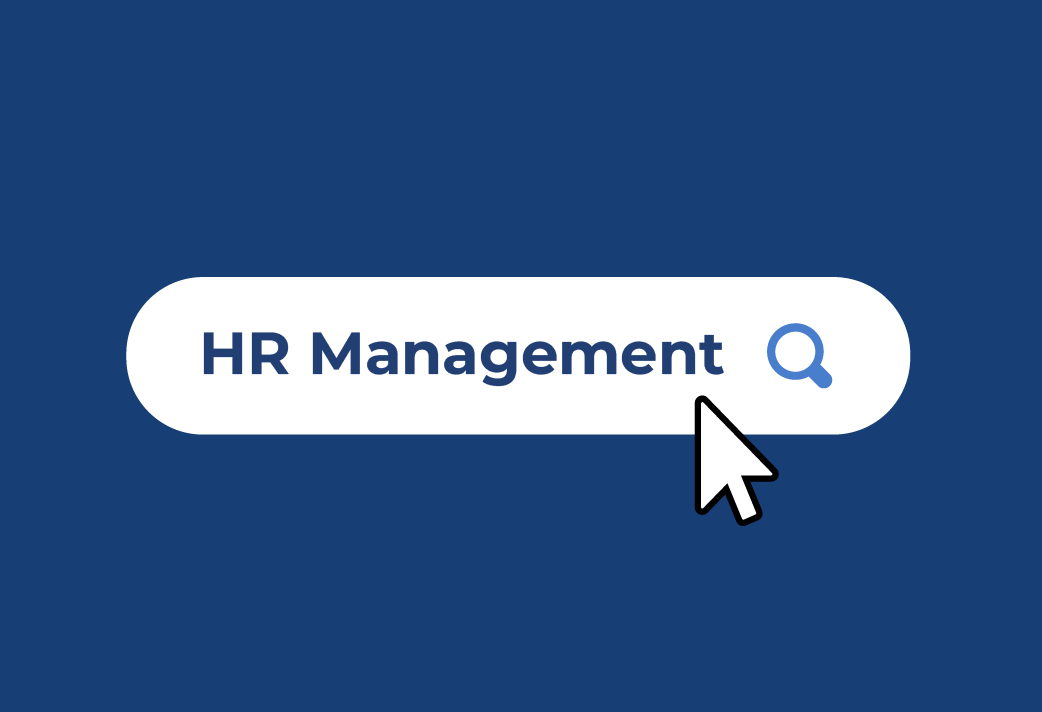Los profesionales enviados al extranjero en proyectos necesitan una atención especial. Sus familias también necesitan ayuda en cosas como atención médica, educación, seguros y otras ventajas. La gestión internacional de recursos humanos significa proporcionar todos estos mismos servicios con las dificultades añadidas del trabajo en el extranjero.
Una variedad de problemas influirá en los asuntos de recursos humanos relacionados con lo anterior, que necesitan una mirada más cercana. Este artículo explica varias formas en que se pueden simplificar estos asuntos complejos, sin importar dónde se encuentre su entidad local.

Tired of scrolling? Download a PDF version for easier offline reading and sharing with coworkers
In a hurry? Save this article as a PDF
Tired of scrolling? Download a PDF version for easier offline reading and sharing with coworkers.
Fill up the form below 👇🏼
¿Qué es la gestión internacional de recursos humanos?
Por lo general, la gestión internacional de recursos humanos (IHRM) se parece a la gestión de recursos humanos para los empleados locales en muchas formas operativas.
IHRM requiere muchos de los mismos procesos en términos de funcionalidad, pero necesita mucha más atención a los detalles. Las diferencias en las leyes laborales que existen entre países pueden hacer que las cosas sean aún más difíciles de manejar. Del mismo modo, el potencial de grandes tarifas o multas aumenta debido a reglas desconocidas.
Las funciones de IHRM incluyen empleo, selección, evaluación de desempeño, nómina, capacitación, derecho laboral, etc.
La diversidad en el lugar de trabajo se está volviendo cada vez más popular en las grandes empresas. La contratación de personas de otras culturas crea una mayor diversidad en la fuerza de trabajo y, al mismo tiempo, aumenta la necesidad de estrategias específicas de IHRM.
Las relaciones con los empleados se vuelven esenciales para mantener las funciones internas de una empresa y garantizar el progreso de sus negocios y estrategias internacionales.
Como resultado, IHRM puede verse como la colección de tareas asociadas con las funciones de recursos humanos a escala global. Estos incluyen reclutamiento, gestión de talentos, pago y tutoría, centrándose especialmente en organizaciones globales.
Hiring Checklist to Improve Your Recruitment Process
When hiring the use of a checklist will assist you in systematizing your recruiting process

¿Cómo puedo incorporar la gestión internacional estratégica de recursos humanos en el lugar de trabajo?

Las diferencias entre HRM internacional y HRM nacional
- Nacionales del país de origen (PCN): profesionales que son ciudadanos del país en el que se encuentra la sede de una empresa.
- Nacionales del país anfitrión (HCN): talentos de una nación donde la corporación tiene una sucursal o una planta de producción.
- Nacionales de terceros países (TCN): personas que trabajan en la región de origen o de acogida de la empresa, pero que no son ciudadanos de ninguna de las dos.
La gestión internacional de recursos humanos también implica la gestión de problemas de proyectos relacionados con múltiples regiones, como asignaciones en el extranjero, reubicaciones y desafíos interculturales.
La gestión de recursos humanos internacional se diferencia de la gestión de recursos humanos nacional en seis aspectos:
- Una gama más amplia de actividades (potencialmente incluyendo vivienda, transporte, etc.).
- Una gama más diversa de antecedentes y necesidades de los empleados
- Mayor participación en la vida privada de un empleado.
- Se requiere una mayor flexibilidad con el tiempo a medida que evoluciona la posición internacional estratégica de una empresa.
- Una mayor exposición a errores regulatorios como resultado de requisitos laborales nuevos o desconocidos.
- Una necesidad más regular de investigar las leyes laborales cambiantes en todo el mundo y actualizar los sistemas internos en consecuencia.
¿Cuáles son los desafíos de la gestión internacional de recursos humanos?
La gestión internacional de recursos humanos incluye obstáculos significativos por varios motivos. Como tal, estos desafíos se enfrentan mejor de frente; las empresas que lo hacen temprano ven las mejores posibilidades de éxito más tarde:
Preocupaciones de integración
Funciones diversificadas
¿Cómo puede ayudarlo INS Global Employer of Record Services?
Un Employer of Record (EOR) puede ser una forma sencilla de garantizar que se atiendan las necesidades de recursos humanos cuando se expande al extranjero. A través de un proceso de pago eficiente basado en tarifas, obtiene una solución global de servicios de recursos humanos.
Ofrece:
- Un servicio de recursos humanos optimizado
- Menos responsabilidad del empleador
- Funcionalidad mejorada del sistema
- Opciones de servicio fácilmente escalables
- Tiempos rápidos de configuración y terminación

COMPARTE